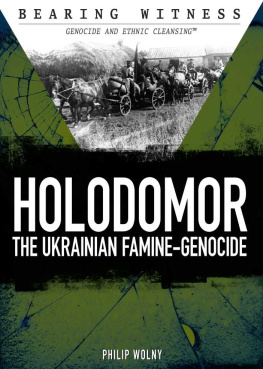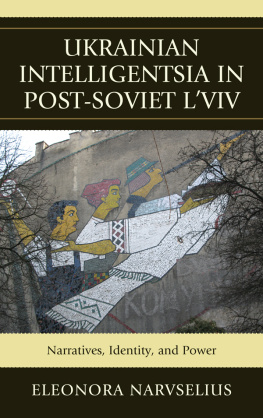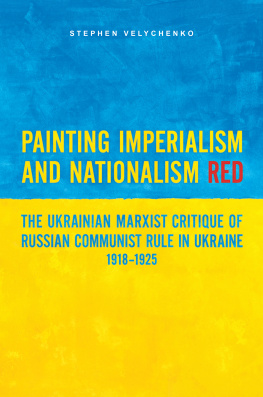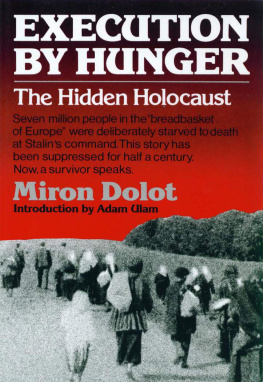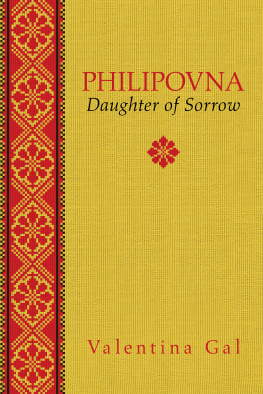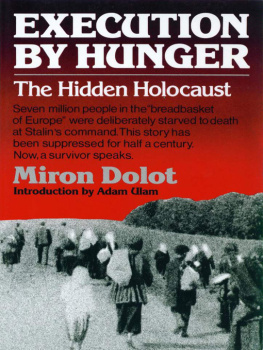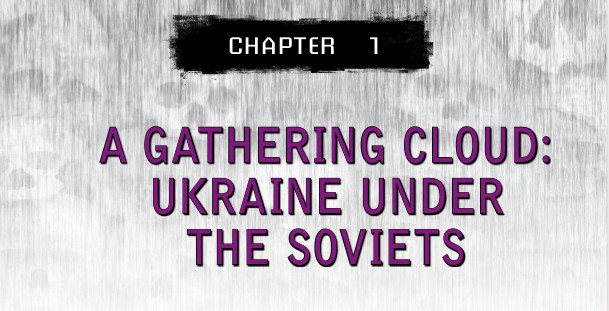Published in 2018 by The Rosen Publishing Group, Inc.
29 East 21st Street, New York, NY 10010
Copyright 2018 by The Rosen Publishing Group, Inc.
First Edition
All rights reserved. No part of this book may be reproduced in any form without permission in writing from the publisher, except by a reviewer.
Library of Congress Cataloging-in-Publication Data
Names: Wolny, Philip, author.
Title: Holodomor : the Ukrainian famine-genocide / Philip Wolny.
Description: New York : Rosen YA, 2018. | Series: Bearing witness: genocide and ethnic cleansing | Audience: Grades 7-12. | Includes bibliographical references and index.
Identifiers: LCCN 2017012694 | ISBN 9781508177326 (library bound) ISBN 9781508178675 (paperback)
Subjects: LCSH: UkraineHistoryFamine, 1932-1933Juvenile literature. | GenocideUkraineHistory20th centuryJuvenile literature.
Classification: LCC DK508.8377 .W65 2018 | DDC 947.084dc23 LC record available at https://lccn.loc.gov/2017012694
Manufactured in the United States of America
On the cover: This 1932 photograph shows food being taken away from a collective farm by the Bolsheviks in the village of Alekseyevka, located in Ukraines Kharkiv region.
CONTENTS
CHAPTER 1
CHAPTER 2
CHAPTER 3
CHAPTER 4
CHAPTER 5
O n November 7, 2015, at the intersection of North Capital Street and Massachusetts Avenue in Washington, DC, a new monument was unveiled. The bronze, rectangular sculpture bears an image of wheat stalks. Looked at from left to right, the image seems to fade until there is no wheat at all, as if it has disappeared.
The wheats disappearance on the monument is a symbol of a greater loss, however. Written on the monument itself are the words Holodomor 1932-1933. The Ukrainian word holodomor translates approximately to death by hunger, or to kill through hunger. It commonly refers to a tragedy that took place in 1932 and 1933. This was the intentional campaign by the Soviet government, led by Joseph Stalin, to starve millions of Ukrainians to death. The victims were mostly farmers in the Ukrainian Soviet Socialist Republic, then a part of the Soviet Union. While famine also killed many in neighboring regions during this period, the term Holodomor specifically refers to the massive numbers of Ukrainians who died as the result of Soviet policies during those years.
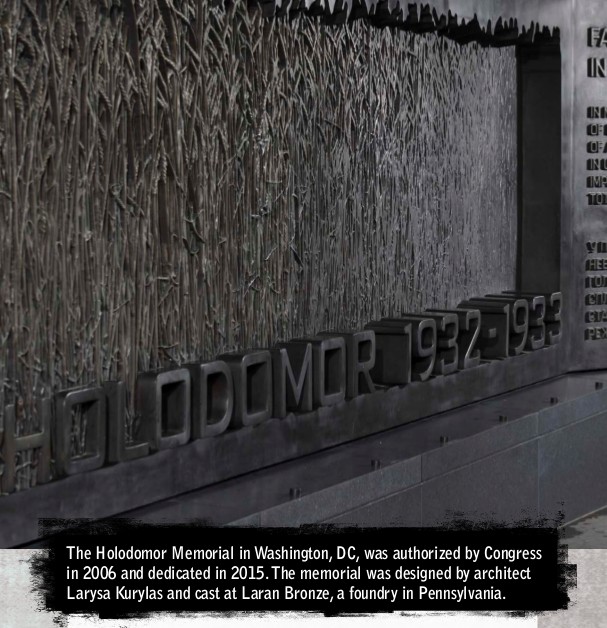
The concept of genocide is a familiar one that is much in the news nowadays. Events that are universally recognized as genocide include the Holocaust during World War II and the campaign by the Hutu ethnic group against the Tutsis in the 1994 mass slaughter in Rwanda. The more gradual (but no less devastating) wiping out of Native American peoples by Europeans and American colonists and settlers from the seventeenth through the nineteenth centuries has also been described as genocide.
While it has been used to describe earlier events, the word genocide was not coined until 1944. The person who came up with the word was a Polish Jewish lawyer and scholar named Raphael Lemkin. Lemkin himself had escaped the Holocaust by fleeing to the United States in 1941. However, the Germans slaughtered nearly fifty of his relatives. He had also studied the mass death of Armenians at the hands of the Ottoman Turks between 1915 and 1917. Lemkin derived his word from the Greek word for ethnic group, race, or people, genos, combined with the French suffix -cide, which loosely means killing of. Genocide" meant the killing of a people. Recently, the definition has expanded a bit to include efforts to kill off those belonging to a particular class of people such as the farmers of the Holodomoror those who share particular political beliefs.
In recent years, more people have learned about the Holodomor and come to understand how horrible it really was. Observances in memory of those lost have become more common. However, it was almost completely concealed by the Soviet Union until that countrys dissolution in 1991. Even now, there remain debates about what to consider it. Ukrainians and Russians sometimes argue over its causes and details. However, few deny that it happened or that it was a terrible tragedy. Looking at it now in detail gives us a glimpse at how the absolute power of governments can take a terrible human toll.
T he 1930s was a time of great change all over the world. Many nations, including the United States, were dealing with the effects of the great stock market crash of 1929 and the Great Depression it caused. However, few nations had changed as much in the previous ten years as the Soviet Union.
THE RUSSIAN REVOLUTION AND A NEW NATION
The Russian Empire had been a major power for centuries. Throughout the nineteenth century, movements arose to try to change the oppressive imperial government led by the Russian rulers, known as the tsars. At the turn of the twentieth century, new political movements like communism and various revolutionary groups fiercely opposed the last tsar, Nicholas II, as well as the tsarist system of government itself. Their support grew because shortages of food and supplies, government repression, and Russian involvement in World War I angered many citizens, including the many poor and struggling peasants.
Together the revolutionariesincluding the Bolsheviks, led by Vladimir Lenin and Aleksandr Kerenskyoverthrew Nicholas and formed a provisional, or temporary, government. Months later, during what became known as the October Revolution, Lenin and his Bolsheviks won the power struggle to decide the nations future direction. The new state was known as the Union of Soviet Socialist Republics (USSR), sometimes called the Soviet Union for short. The Soviets instituted a communist system of rule. This included a very powerful central government, with themselves as the sole political party.
In 1924, one of Lenins top lieutenants and allies, Joseph Stalin, came to power. After a struggle, he emerged as the absolute leader of the nation by the late 1920s, as general secretary of the Communist Party. The Soviet Union was a young country and Stalin wanted to modernize its agricultural and industrial sectors quickly.
The Communists also had drastic changes in mind as to how property, land, and factories would be distributed and controlled. Lenin, Stalin, and many of their followers believed that in the ideal society, property and the means of production should be owned and controlled by workers themselves.
Remaking society depended on a vanguarddisciplined revolutionary soldiers and leaders who would pave the way to a brighter future by providing common workers with the understanding and guidance they needed to mobilize. Their aims included transferring ownership of factories to the government itself. Huge agricultural estates and farms became cooperatives, theoretically owned by the peasants, who worked for themselves. These were ambitious plans, and they caused great tension and confusion, especially because they were rolled out so quickly and throughout so much of Soviet society. Not everyone was on board.

